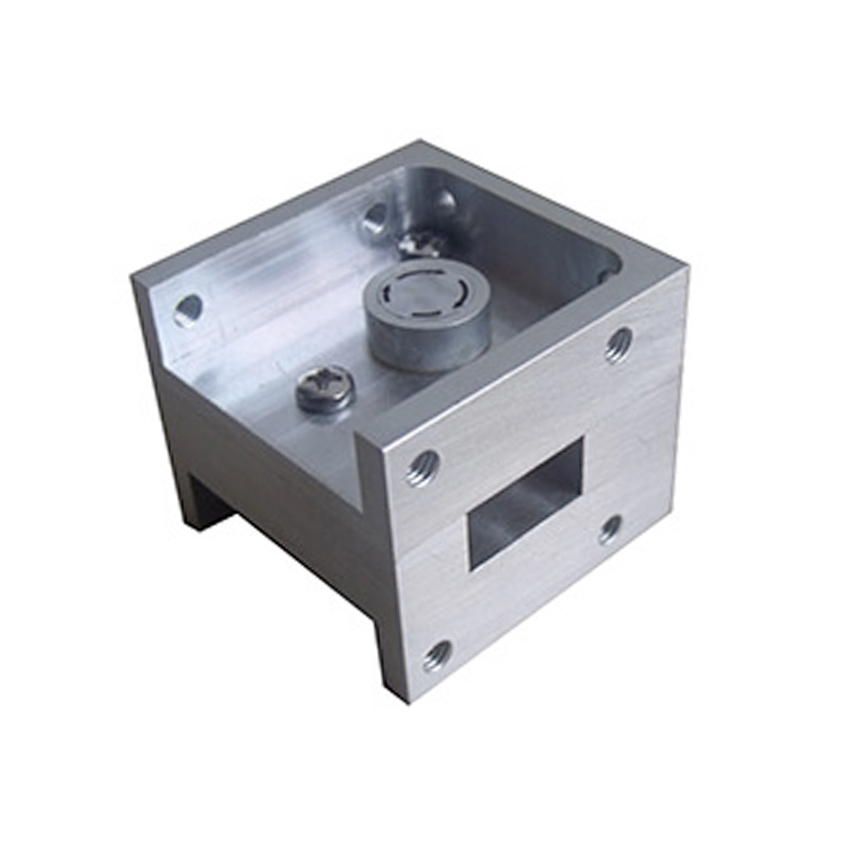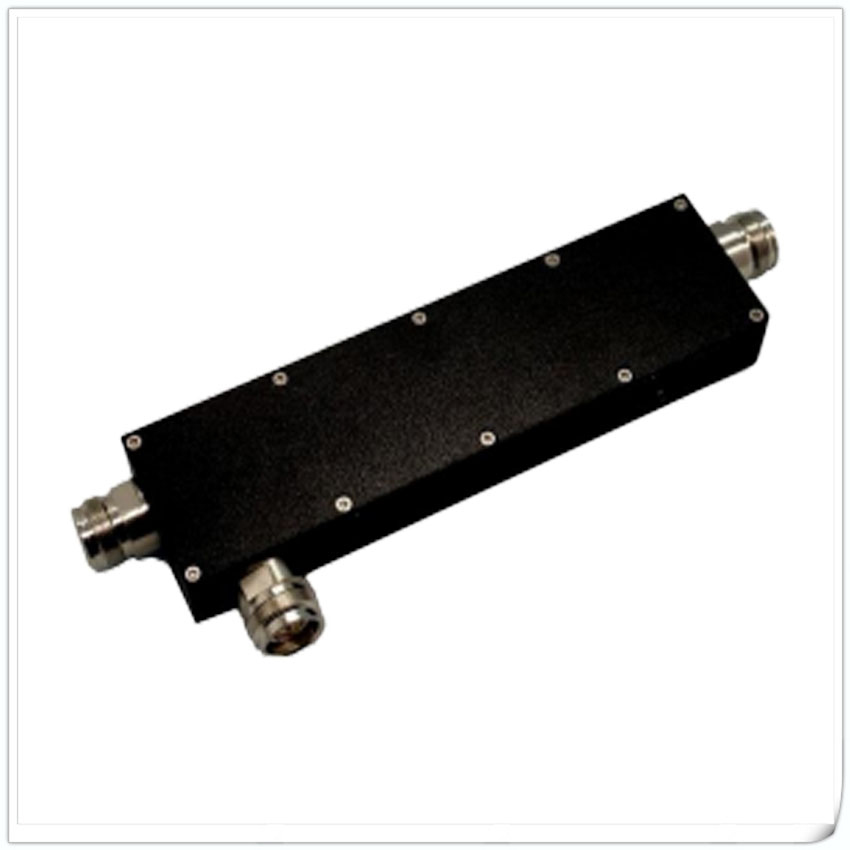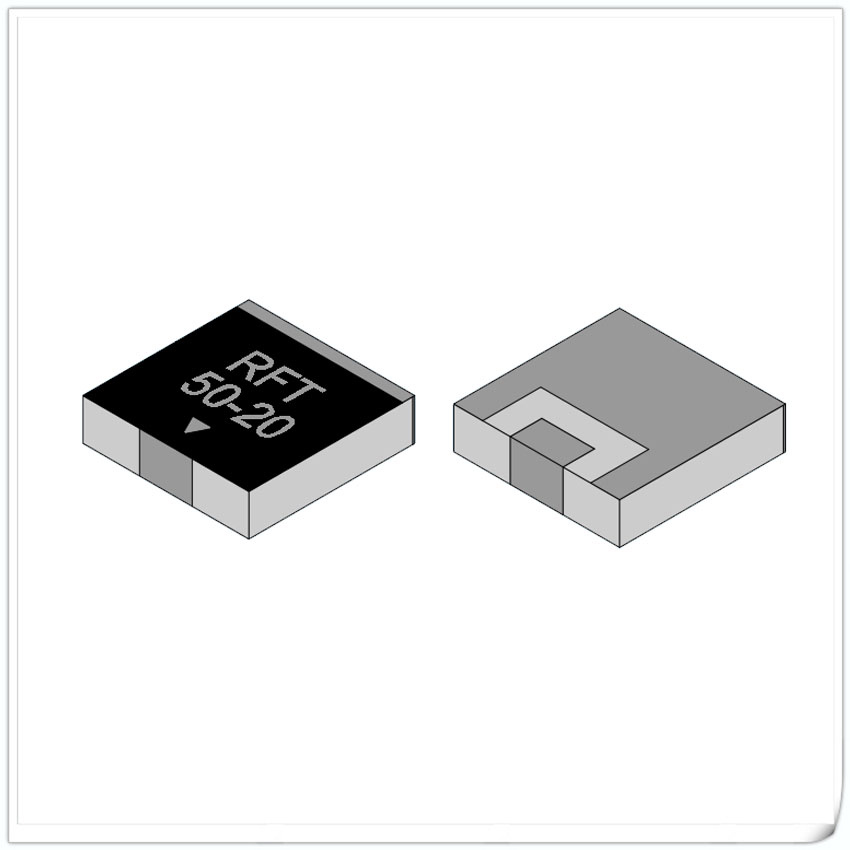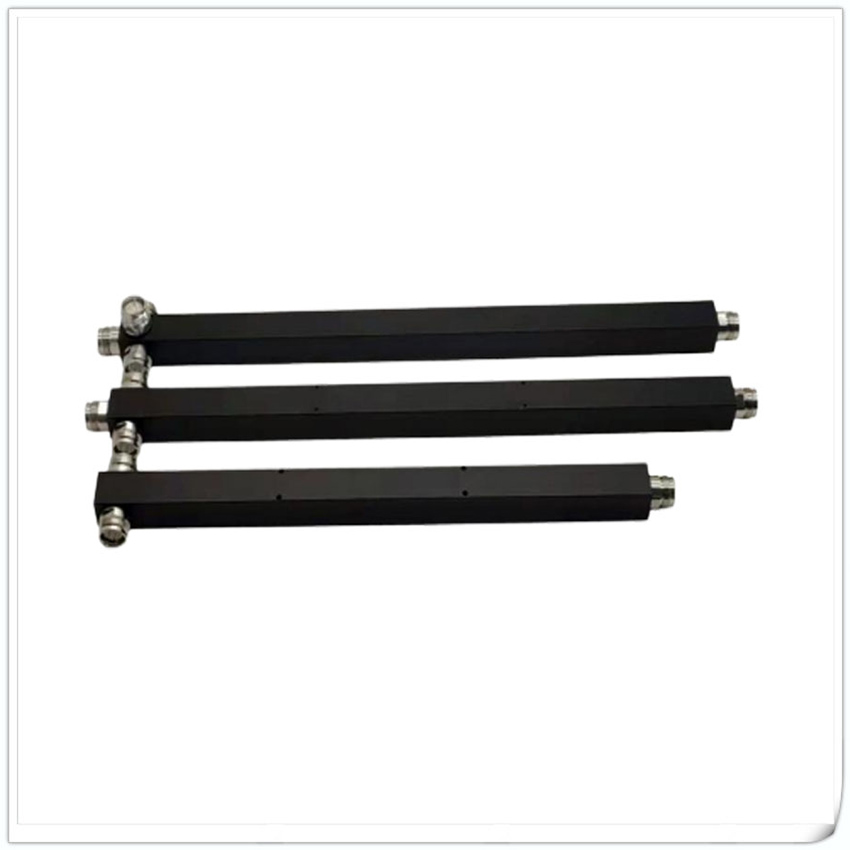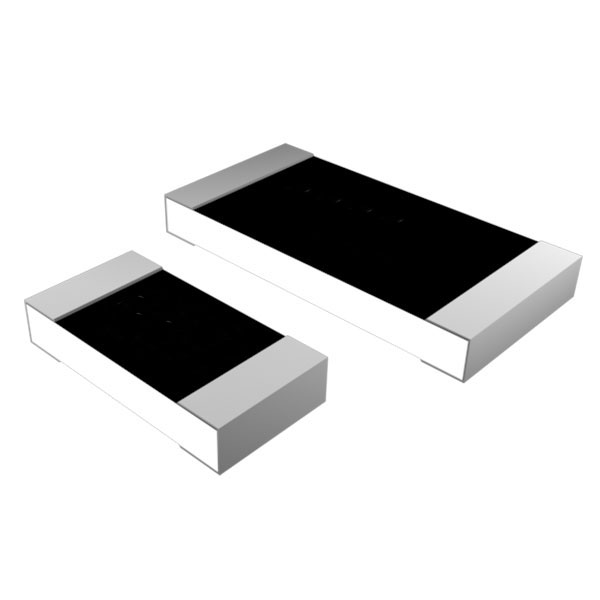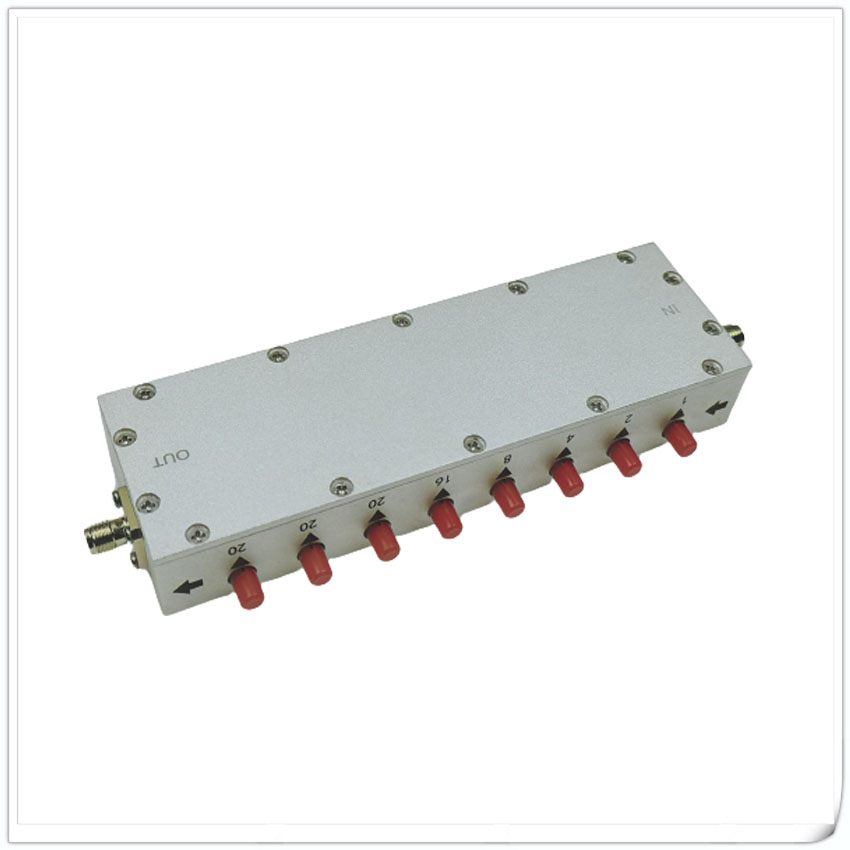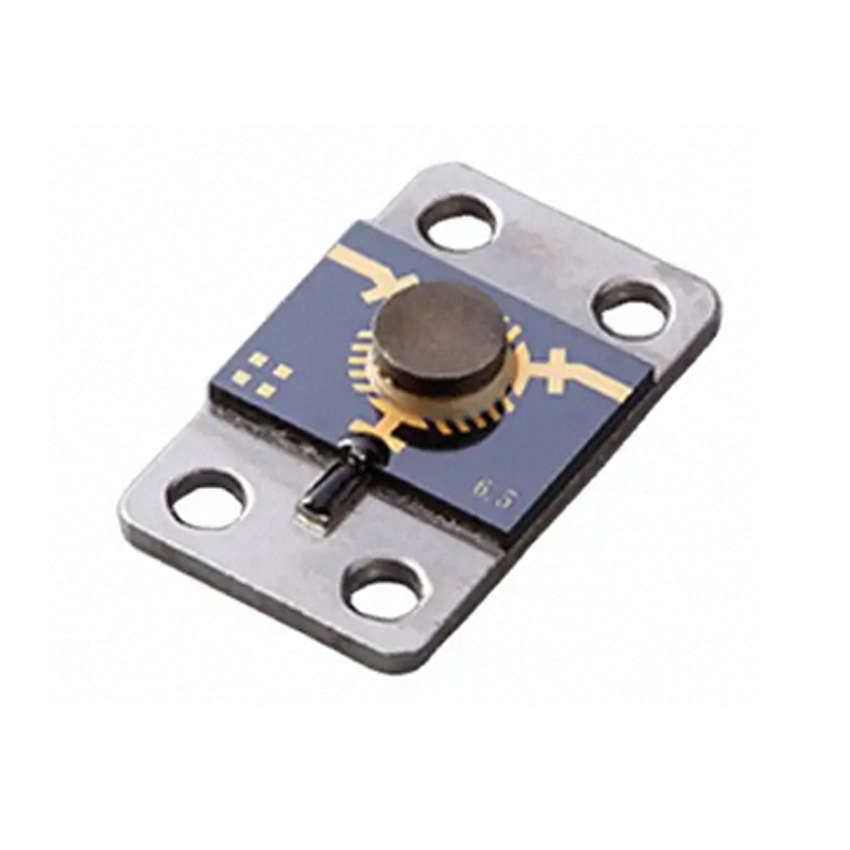
Products
Waveguide Circulator
Data Sheet
| Waveguide circulator | ||||||||||
| Model | Frequency Range
(GHz) |
Bandwidth
(MHz) |
Insert loss
(dB) |
Isolation
(dB) |
VSWR | Operation Temperature
(℃) |
Dimension
W×L×Hmm |
Waveguide Mode | ||
| BH2121-WR430 | 2.4-2.5 | FULL | 0.3 | 20 | 1.2 | -30~+75 | 215 | 210.05 | 106.4 | WR430 |
| BH8911-WR187 | 4.0-6.0 | 10% | 0.3 | 23 | 1.15 | -40~+80 | 110 | 88.9 | 63.5 | WR187 |
| BH6880-WR137 | 5.4-8.0 | 20% | 0.25 | 25 | 1.12 | -40~+70 | 80 | 68.3 | 49.2 | WR137 |
| BH6060-WR112 | 7.0-10.0 | 20% | 0.25 | 25 | 1.12 | -40~+80 | 60 | 60 | 48 | WR112 |
| BH4648-WR90 | 8.0-12.4 | 20% | 0.25 | 23 | 1.15 | -40~+80 | 48 | 46.5 | 41.5 | WR90 |
| BH4853-WR90 | 8.0-12.4 | 20% | 0.25 | 23 | 1.15 | -40~+80 | 53 | 48 | 42 | WR90 |
| BH5055-WR90 | 9.25-9.55 | FULL | 0.35 | 20 | 1.25 | -30~+75 | 55 | 50 | 41.4 | WR90 |
| BH3845-WR75 | 10.0-15.0 | 10% | 0.25 | 25 | 1.12 | -40~+80 | 45 | 38 | 38 | WR75 |
| 10.0-15.0 | 20% | 0.25 | 23 | 1.15 | -40~+80 | 45 | 38 | 38 | WR75 | |
| BH4444-WR75 | 10.0-15.0 | 5% | 0.25 | 25 | 1.12 | -40~+80 | 44.5 | 44.5 | 38.1 | WR75 |
| 10.0-15.0 | 10% | 0.25 | 23 | 1.15 | -40~+80 | 44.5 | 44.5 | 38.1 | WR75 | |
| BH4038-WR75 | 10.0-15.0 | FULL | 0.3 | 18 | 1.25 | -30~+75 | 38 | 40 | 38 | WR75 |
| BH3838-WR62 | 15.0-18.0 | FULL | 0.4 | 20 | 1.25 | -40~+80 | 38 | 38 | 33 | WR62 |
| 12.0-18.0 | 10% | 0.3 | 23 | 1.15 | -40~+80 | 38 | 38 | 33 | ||
| BH3036-WR51 | 14.5-22.0 | 5% | 0.3 | 25 | 1.12 | -40~+80 | 36 | 30.2 | 30.2 | BJ180 |
| 10% | 0.3 | 23 | 1.15 | |||||||
| BH3848-WR51 | 14.5-22.0 | 5% | 0.3 | 25 | 1.12 | -40~+80 | 48 | 38 | 33.3 | BJ180 |
| 10% | 0.3 | 23 | 1.15 | |||||||
| BH2530-WR28 | 26.5-40.0 | FULL | 0.35 | 15 | 1.2 | -30~+75 | 30 | 25 | 19.1 | WR28 |
Overview
The working principle of a waveguide Circulator is based on the asymmetric transmission of a magnetic field. When a signal enters the waveguide transmission line from one direction, magnetic materials will guide the signal to transmit in the other direction. Due to the fact that magnetic materials only act on signals in a specific direction, waveguide Circulator s can achieve unidirectional transmission of signals. Meanwhile, due to the special properties of the waveguide structure and the influence of magnetic materials, the waveguide Circulator can achieve high isolation and prevent signal reflection and interference.
The waveguide Circulator has multiple advantages. Firstly, it has low insertion loss and can reduce signal attenuation and energy loss. Secondly, the waveguide Circulator has high isolation, which can effectively separate the input and output signals and avoid interference. In addition, the waveguide Circulator has broadband characteristics and can support a wide range of frequency and bandwidth requirements. Furthermore, waveguide Circulator s are resistant to high power and suitable for high-power applications.
Waveguide Circulator s are widely used in various RF and microwave systems. In communication systems, waveguide Circulator s are used to isolate signals between transmitting and receiving devices, preventing echoes and interference. In radar and antenna systems, waveguide Circulator s are used to prevent signal reflection and interference, and improve system performance. In addition, waveguide Circulator s can also be used for testing and measurement applications, for signal analysis and research in the laboratory.
When selecting and using waveguide Circulator s, it is necessary to consider some important parameters. This includes the operating frequency range, which requires selecting a suitable frequency range; Isolation degree, ensuring good isolation effect; Insertion loss, try to choose low loss devices; Power processing capability to meet the power requirements of the system. According to specific application requirements, different types and specifications of waveguide Circulators can be selected.
RF Waveguide Circulator is a specialized passive three-port device used to control and guide signal flow in RF systems. Its main function is to allow signals in a specific direction to pass while blocking signals in the opposite direction. This characteristic makes the circulator have important application value in RF system design.
The working principle of the circulator is based on the Faraday rotation and magnetic resonance phenomena in electromagnetics. In a circulator, the signal enters from one port, flows in a specific direction to the next port, and finally leaves the third port. This flow direction is usually clockwise or counterclockwise. If the signal attempts to propagate in an unexpected direction, the circulator will block or absorb the signal to avoid interference with other parts of the system from the reverse signal.
RF waveguide circulator is a special type of circulator that uses a waveguide structure to transmit and control RF signals. Waveguides are a special type of transmission line that can limit RF signals to a narrow physical channel, thereby reducing signal loss and scattering. Due to this characteristic of waveguides, RF waveguide circulators are typically able to provide higher operating frequencies and lower signal losses.
In practical applications, RF waveguide circulators play a crucial role in many RF systems. For example, in a radar system, it can prevent reverse echo signals from entering the transmitter, thereby protecting the transmitter from damage. In communication systems, it can be used to isolate the transmitting and receiving antennas to prevent the transmitted signal from directly entering the receiver. In addition, due to its high-frequency performance and low loss characteristics, RF waveguide circulators are also widely used in fields such as satellite communication, radio astronomy, and particle accelerators.
However, designing and manufacturing RF waveguide circulators also face some challenges. Firstly, as its working principle involves complex electromagnetic theory, designing and optimizing a circulator requires profound professional knowledge. Secondly, due to the use of waveguide structures, the manufacturing process of the circulator requires high-precision equipment and strict quality control. Finally, as each port of the circulator needs to accurately match the signal frequency being processed, testing and debugging the circulator also requires professional equipment and technology.
Overall, the RF waveguide circulator is an efficient, reliable, and high-frequency RF device that plays a crucial role in many RF systems. Although designing and manufacturing such equipment requires professional knowledge and technology, with the progress of technology and the growth of demand, we can expect that the application of RF waveguide circulators will be more widespread.
The design and manufacturing of RF waveguide circulators require precise engineering and manufacturing processes to ensure that each circulator meets strict performance requirements. In addition, due to the complex electromagnetic theory involved in the working principle of the circulator, designing and optimizing the circulator also requires profound professional knowledge.

